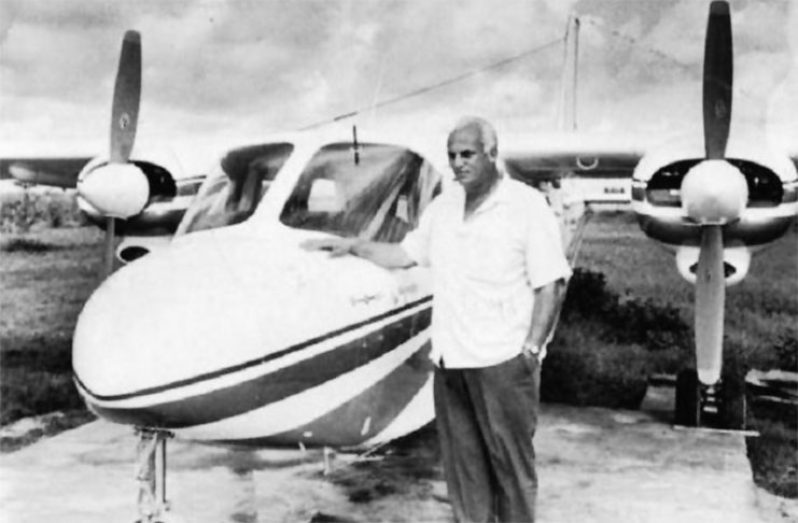– The disappearance of George Grandsoult and his co-pilot
The day was November 26th 1986. Air Traffic Controllers at Timehri were alarmed when the Cessna 206 single -engine aircraft failed to land at Kamarang in the Cuyuni/Mazaruni .
Today, more than three decades later, the memories still haunt the relatives of George Alexander Grandsoult , an experienced navigator who was never heard from again after his midday transmission that fateful day in 1986.
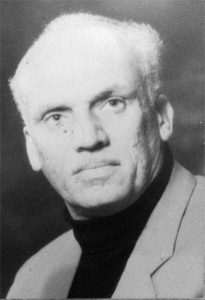
Co-pilot , Emile Khan, who was married and was the father of a 6-month old baby at the time , was onboard the Cessna 206 Super Skywagon aircraft which bore registration 8R-GAG.
It is believed that bad weather may have played a role in the disappearance of the aircraft and according to reports at the time, Grandsoult’s last position report was some 18 minutes prior to his destination. He was last heard from around 11:57hrs that Wednesday.
But did George’s aircraft crash or were the crew held captive somewhere?
In April 1987, four months after their disappearance, George’s wife, his son Maurice and other siblings had alerted the Venezuelan embassy by letter of information which the family received . The family was told that George landed his aircraft in Venezuela and was later held captive by soldiers there.
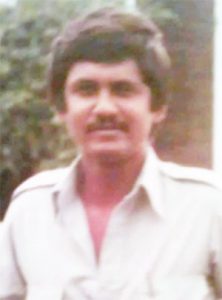
The family said that in March 1987, the captain of Kamarang village , Albert Reed , reported that he received information from persons in Venezuela that George was seen with an “Indian man”, said to be Emile Khan , at a military airport base near the Rio Apongua (Apongua River ) 74 kilometers north of the village of Santa Elena in Venezuela.
The village captain’s sister –in-law , Joyce Hunt , who was interviewed by broadcaster Naim Chan for the then Guyana Broadcasting Corporation (GBC) in April of 1987 , recounted that in December 1986 , a month after George and Khan disappeared , she travelled into Venezuela from the border village of Kaikan to spend Christmas. She said she was told that an aircraft had circled four times over the Rio Apongua area and later landed during bad weather.
Locals said a tall, white-haired man with a “limp” and an “Indian man” came out of the aircraft. The descriptions fitted George and his co-pilot. The relatives reported that the Venezuelan solders assumed the airmen had ran out of gas. Later, the residents said the two were placed in a “soldier house”, which they suspected was a prison. It is unclear if the concerns of the family were ever addressed.
Memories of George
George is described by today’s generation of pilots as the true pioneer of aviation in Guyana. Some describe him as the man who taught many not only to fly but the general know-how of aircraft. His daughter has been safe-keeping newspaper clippings of the stories on her father’s disappearance ever since he disappeared.
Dinah Alexandra Hooker nee Grandsoult , remembers the day like it was yesterday. It was mere days before her graduation from the St Joseph’s High School, that her father George was never seen or heard from again.

She told the Guyana Chronicle from the UK where she resides , those memories of her father are etched in her mind and almost daily she would think of his kind and cheerful character.” He loved his head being rubbed with Limacol. Nobody got away from doing it. He loved animals too. Hence we had so many dogs,” she said.
“Dad went missing on 26th November 1986. It was my Mom’s birthday on the 17th November. I was due to graduate on 11th December 1986,” Dinah said, noting that while she attended her classes’ graduation ceremony at the St Joseph’s High School, she chose not to part take in a dance item “as a mark of respect.” She said she was a 16-year old at the time.
Experienced airman
Grandsoult , a son of Guyana’s soil whose parents had UK roots , is said to have been the first person to own a Britten-Norman Islander (BN2) twin engine aircraft in Guyana. The model is widely respected for its durability. He acquired that model aircraft after years of flying his first aircraft, a Cessna 207, across the country.
That Cessna 207 crashed at Ekereku Bottom in Region Seven (Cuyuni/Mazaruni) during his early years of flying here. While information on that crash is sketchy, the remains of that aircraft are said to be visible at Ekereku today. George then acquired the Britten –Norman Islander and he reportedly transferred his famous registration “8R-GDJ” , known to many as the “Delta Juliet “ in aviation terms , from the crashed Cessna to his Islander aircraft.
Kenya crash and the RAF
At the time of his disappearance, the 62 -year old pilot had some 20 years’ experience flying with an accumulated log of 14,000 flying hours. He was described as a capable and veteran jungle pilot by fellow flyers and others in the aviation world. He was well known for navigating harsh weather and flying below the clouds was one of his best known traits.
George started his aviation career as an engineer in the Royal Air Force (RAF) during the Second World War. The late pilot flew in many other countries prior to setting up his own company here which traded under the name “Guyana Aviation Group.”
“He was a true bush pilot and a pioneer. Training many pilots and also finding those who may have crashed,” his daughter noted.
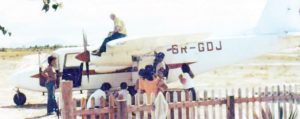
Hooker said that indeed her father walked with a “limp” and she said he may have sustained the injury from a plane crash in Nairobi, Kenya in 1960. According to the family, it was in Kenya where the airman honed his skills as a well-known “bush pilot”. His daughter recounted that after the crash in Kenya, a metal pin was placed in his hip and according to her he was very uncomfortable walking with the metal in his body.
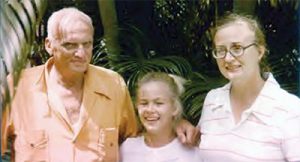
Incident in Brazil
The Daily Chronicle of Wednesday June 12, 1974 reported that Grandsoult and several others, were in the custody of the Brazilian authorities while his Britten-Norman Islander was grounded after he allegedly landed there without permission.
The pilot and passengers travelled to Lethem on an outing; onboard were well-known lawyer, Donald Robinson, an engineer , a rancher , Frank Eagle , a naturalized Guyanese and Grandsoult.
The incident was said to be a mix-up in information on the Brazilian side and the crew and passengers were allowed to leave while the aircraft was impounded. It was later released.
Incident at Lethem
Dinah recalled an incident at Lethem in which her father experienced a “hard landing”.
“Dad circled the runway. No way to tell if either was closed. The left strut hit a pile of sand and dented the left wing,” she recalled. She said her father then flew to a ranch which he operated at Crystal Springs. He left for Ogle without her to fix the aircraft. Sometime later, an army Skyvan was in the area and she was able to travel back to Georgetown.
It was a few months after that incident that George “went down” at Kamarang , she noted.
Day of Disappearance
The Guyana Graphic reported at the time that on the day of George’s disappearance, the Cessna aircraft departed the Ogle Aerodrome at 1053hrs that Wednesday morning for Kamarang with fuel on a routine flight. Air traffic controllers said they were in contact with the aircraft up to 11:57hrs.
At the time Civil Aviation Department (CAD) officials recalled that George was just about eighteen minutes before he should have landed at Kamarang when he last transmitted from the aircraft. CAD Officials described weather conditions as extremely rough on the day of incident.
After George failed to file a landing report, a search-and-rescue operation involving the Guyana Defence Force (GDF) aircraft from Ogle and the Guyana Airways Corporation (GAC) failed to turn up any clues about the aircraft and its occupants. Subsequent fly-overs of the dense jungle also proved futile.
Dinah noted that her brother Maurice , an engineer with Bell Textron in Texas in the United States , even attempted to scour the area with a heat-seeking device. However, that exercise also proved futile. The family remains hopeful that one day , someone somewhere may be able tell the family about the disappearance of George, his passenger Khan and the missing Cessna.



.jpg)



